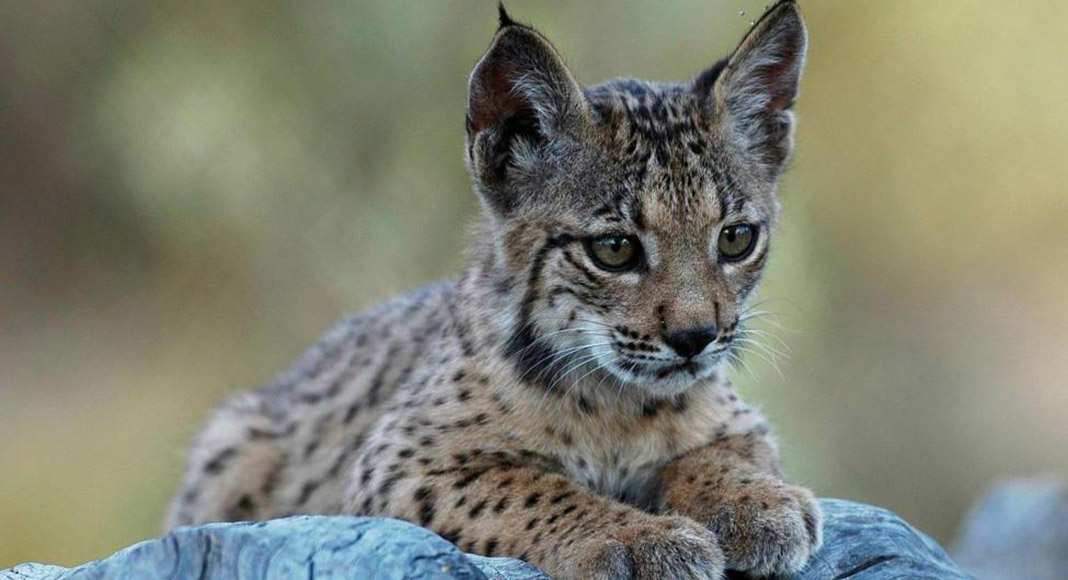The Iberian lynx (Lynx pardinus) is still the most endangered felid species in the world, although different projects, including EU LIFE-Nature projects, have been launched since 2000s to save the Iberian lynx from extinction, focusing on in situ and also ex situ conservation programs. Free-ranging population of this species is distributed in the Mediterranean ecosystems of the Iberian Peninsula, where endemic circulation of HEV-3 has been detected in extensively raised pigs, wild boar, red deer and equines in Mediterranean ecosystems over the last decades, and HEV exposure has also been observed in other sympatric species, including extensively raised goats and sheep and wild rabbits. Although the Iberian lynx is a trophic specialist of wild rabbit and can also prey other susceptible ungulate, such as deer and wild boar, there is no information about the susceptibility of this felid species to HEV infection and its possible role in the transmission of the virus in these ecosystems.
A recent study by Dr. Javier Caballero-Gómez and the colleagues has probed HEV infection in Iberian lynx. Seropositivity was detected in 18.2% of the Iberian lynx sampled, confirming the presence of antibodies against genotype 3 (HEV-3) in most of the animals analyzed by western blot (WB). These results, together with the detection of a high number of seroconversions during the study period, provide evidence of circulation of HEV-3 in the Iberian lynx populations over the last two decades.
Seropositive animals were detected in all free-ranging areas and in the four captive breeding centres, with seroprevalences ranging from 5.7% to 51.4%, which indicate a widespread but not homogeneous circulation of the virus in the Iberian lynx populations. In line, animals kept in captivity, with a seroprevalence of 33.6%, were at higher risk of being exposed to HEV compared with free-ranging Iberian lynx, of which 7.4% of individuals showed anti-HEV antibodies. These results could be associated to differences in the diet. It should be noted that, contrary to free-ranging animals, those maintained under human care are fed with farmed rabbits and even though no studies have assessed to date the presence of HEV in farmed rabbits in Spain, circulation of this virus in rabbit farms has been confirmed in different European countries. On the other hand, previous studies showed absence of or limited circulation of HEV in wild rabbit populations of the Iberian Peninsula, which is consistent with the limited exposure to the virus detected in free-ranging Iberian lynxes.
One of the individuals tested positive to HEV RNA and the sequence belonged to the genotype 3f (HEV-3f), instead the genotype 3ra which is frequently identified in wild rabbits in Europe. HEV-3f has previously been detected in different wild and domestic ungulate species in the study area, including domestic pigs, horses, red deer and wild boar. Besides lagomorphs, free-ranging Iberian lynxes may sporadically consume different ungulate species, such as red deer or wild boar and they may also contact direct or indirectly with these as well as other susceptible wild and domestic ungulates, including fallow deer, pigs, goats and sheep, in the Iberian Mediterranean ecosystems, thus increasing the risk of HEV transmission among these sympatric species.
These results provide evidence of HEV infection in free-ranging and captive Iberian lynx populations and suggest a possible role for this species as spillover hosts of this virus in Iberian Mediterranean ecosystems. The serological results indicate the widespread but not homogeneous circulation of HEV in Iberian lynx populations. Additional studies are needed to determine the source of HEV infection in the Iberian lynx and to assess the epidemiological role of this endangered species as a potential spillover host of HEV.
Read the full study (Transbound Emerg Dis. 2022 Jun 11): DOI: 1111/tbed.14624

